 Born a slave, Harriet Tubman escaped and would become a leading “conductor” on the “Underground Railroad” which helped slaves escape from bondage in the South to freedom in the North and in Canada, prior to the Civil War. Nicknamed “Moses,” she is said to have made more than nineteen trips back into the slave-holding South to rescue an estimated 70 of the enslaved. Tubman’s greatest rescue mission, however, came when she planned and help lead a Union riverboat raid at Combahee Ferry in South Carolina on the second of June, 1863, freeing over 720 slaves.
Born a slave, Harriet Tubman escaped and would become a leading “conductor” on the “Underground Railroad” which helped slaves escape from bondage in the South to freedom in the North and in Canada, prior to the Civil War. Nicknamed “Moses,” she is said to have made more than nineteen trips back into the slave-holding South to rescue an estimated 70 of the enslaved. Tubman’s greatest rescue mission, however, came when she planned and help lead a Union riverboat raid at Combahee Ferry in South Carolina on the second of June, 1863, freeing over 720 slaves.
In honor both of Harriet Tubman and Black History Month, here is an updated repost about the Great Combahee Ferry Raid.
Tubman and black Union soldiers under the command of Union Colonel James Montgomery set off on three small Federal gunboats; the Sentinel, Harriet A. Weed, and John Adams; from Beaufort, South Carolina up the Combahee River. Tubman had scouted the route previously to identify the location of Confederate mines and troops and to determine where best to land to free the plantation slaves. One of the gunboats, the Sentinel, ran aground shortly after leaving Beaufort while the other two continued upriver.

 Here is a strange story of a heroic rescue by the US Coast Guard, a stolen boat, and a dead fish left on the front porch of a house in Astoria, Oregon, where the cult classic adventure/comedy movie,
Here is a strange story of a heroic rescue by the US Coast Guard, a stolen boat, and a dead fish left on the front porch of a house in Astoria, Oregon, where the cult classic adventure/comedy movie, 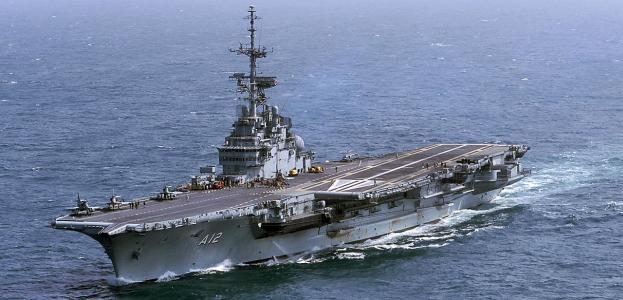 Aircraft carriers can be tough. They cost a fortune to build, so most nations can afford only one or two. They are demanding and costly to operate. They are also extremely expensive to clean up enough to be scrapped.
Aircraft carriers can be tough. They cost a fortune to build, so most nations can afford only one or two. They are demanding and costly to operate. They are also extremely expensive to clean up enough to be scrapped.

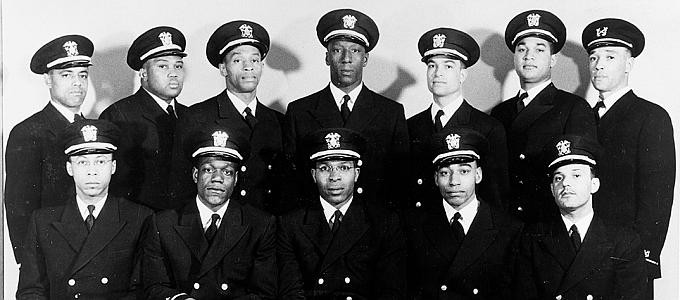
 In late February 2022, an
In late February 2022, an 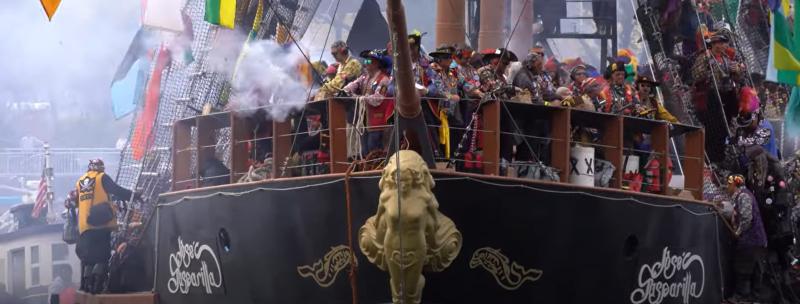 Last Saturday, a ragtag pirate band calling itself
Last Saturday, a ragtag pirate band calling itself 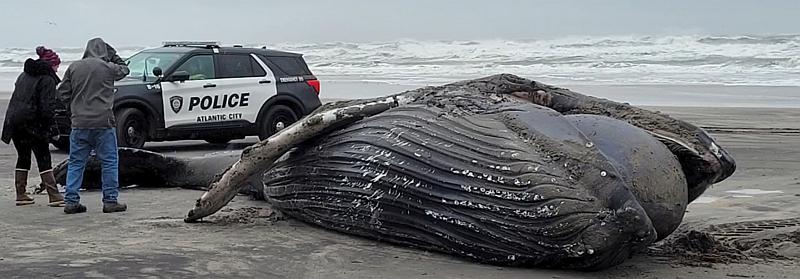 We recently
We recently  Russia’s only aircraft carrier,
Russia’s only aircraft carrier, 
 In June 2002 in the city of Newport, South East Wales, a mid-fifteenth-century sailing vessel was discovered during the construction of the Riverfront Theatre in the banks of the River Usk.
In June 2002 in the city of Newport, South East Wales, a mid-fifteenth-century sailing vessel was discovered during the construction of the Riverfront Theatre in the banks of the River Usk. At the end of December, we
At the end of December, we  On January 19, 2023,
On January 19, 2023,  The
The 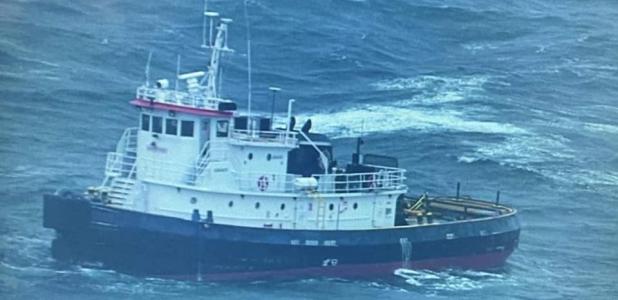
 An updated repost — a look back at the twin miracles on the Hudson from fourteen years ago today. On January 15, 2009,
An updated repost — a look back at the twin miracles on the Hudson from fourteen years ago today. On January 15, 2009, 
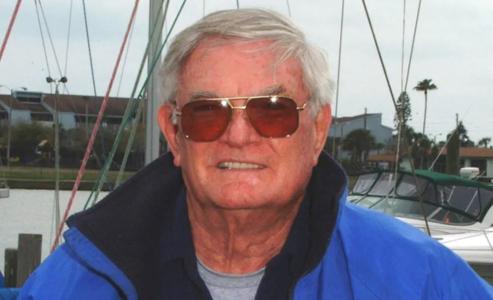
 Fifty years ago this November, the residents of Florence, Oregon
Fifty years ago this November, the residents of Florence, Oregon